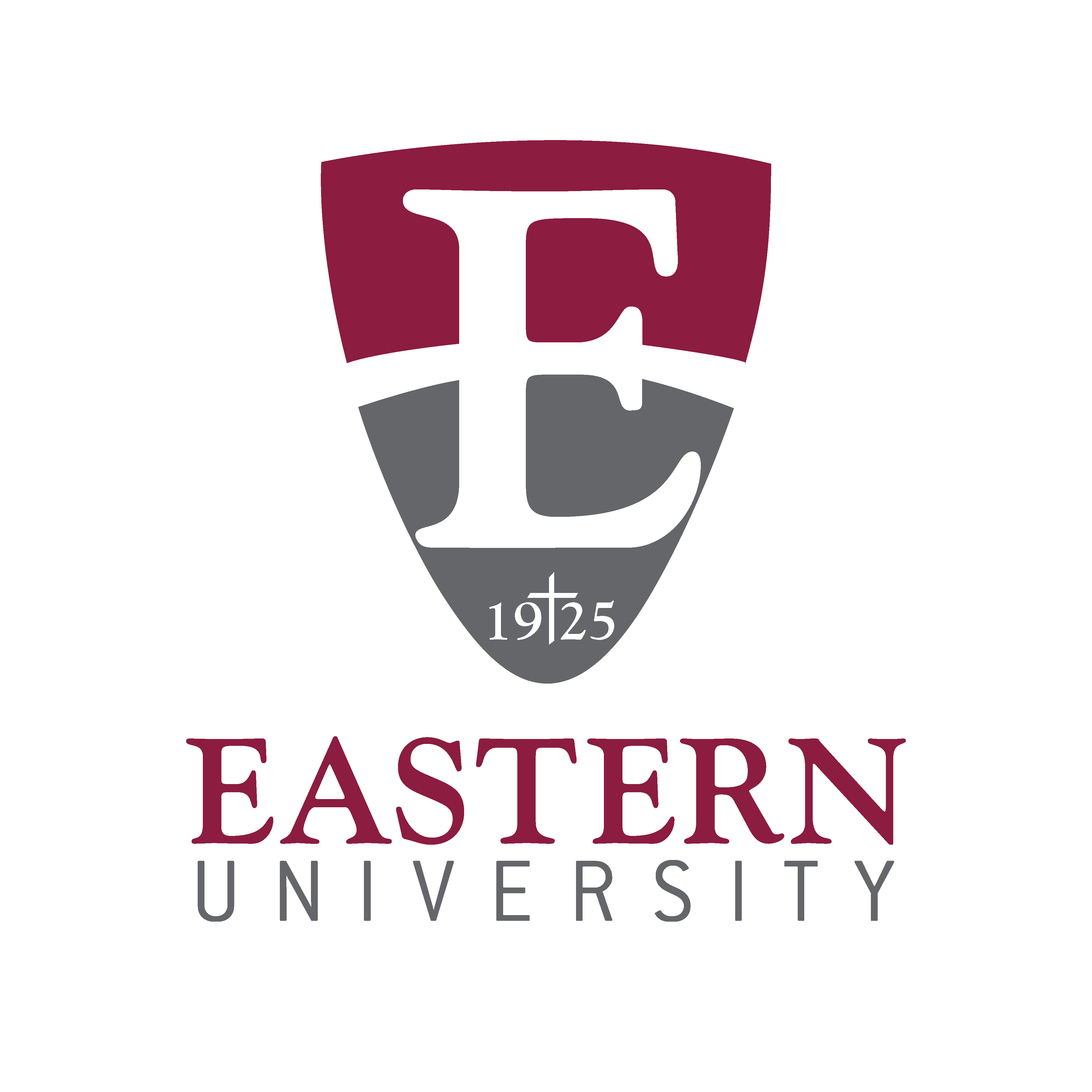Conditions of Use
Faculty and students may make a single copy of any of the following-- book chapter, article, short story, short essay, short poem, graph, drawing, chart, cartoon, picture -- for scholarly research or use in teaching or preparing to teach a class. You should consider the four factors of fair use listed to confirm that any additional photocopying is justified. The following demonstrate situations where increased levels of photocopying would continue to remain within the ambit of fair use:
- the inability to obtain another copy of the work because it is not available from another library or because the source cannot be obtained within your time constraints;
- the intention to photocopy the material only once and not to distribute the material to others;
- the ability to keep the amount of material photocopied within a reasonable proportion to the entire work (the larger the work, the greater amount of material which may be photocopied).
Copying Unpublished Works
The fact that a work is unpublished does not mean the work is not copyrighted. In fact, the author/creator's right to first publication is highly regarded by courts, and provisions of fair use may apply more narrowly to the use of unpublished materials.
Historians and biographers are familiar with common situations concerning quoting or reproducing portions of unpublished manuscripts, letters, and diaries inside some new work intended for publication. Courts continue to look to the four factors of fair use regarding unpublished works.
Copying Published Works
Researchers most often want to copy copyrighted works for private study, or to incorporate a work, or portion of a work, into another work of their own creation, e.g. a dissertation, an article for publication, or a derivative work based on another person's work.
There are at least two exceptions to an owner's exclusive rights that allow researchers to use copyrighted works without permission from the copyright owner.
Fair Use is the first of these exceptions and probably most well-known. It places limits on the exclusive rights a copyright owner enjoys. The extent of these limits depends on careful consideration of four factors anytime you propose using a copyrighted work without permission from the copyright owner.
The second exception is afforded to Libraries and allows them to reproduce single works and small portions of works for their users. Section 108 (Title 17 U.S.C.) in copyright law makes it possible for libraries to support research by providing copies of some of the materials in their collections.
Licensed Resources
Libraries frequently make agreements with publishers and database aggregators to license access to electronic full-texts of academic journals and other resources for their campus communities. These licenses can limit how materials may be used as well as how they are made accessible to you.
The terms of a license control your use even when those terms limit some use that is otherwise permitted by copyright law. The Library’s electronic databases usually have the “terms of use” listed somewhere on their webpage.
Creating Derivative Works
A derivative work is a work based upon one or more preexisting works. Translations, musical arrangements, dramatizations, fictionalizations, are each examples of derivative works. In short, any other form in which an original work may be recast, transformed, or adapted can be considered a derivative work. A work consisting of editorial revisions, annotations, elaborations, or other modifications, which, as a whole, represent an original work of authorship, is a "derivative work"
(Source: Title 17 U.S.C. Section 101).
Scholars and researchers frequently find themselves working in the realm of derivatives. The nature of the academy presumes that new work will be solidly based in the seminal research that lays the foundation for advancing knowledge and understanding. The right to create derivative works is one of the exclusive rights of copyright owners and any assertion that the creation of a derivative work qualifies as a Fair Use would rely heavily on the transformative and productive nature, or the purpose, of the new work.
A thorough four-factor analysis is essential to an assertion of fair use regarding derivatives. And naturally, this is an area where ethical concerns for accurate and appropriate attribution also come into play as plagiarism issues arise alongside copyright responsibilities.
Content adapted from: “Using Existing Works in Academic Research and Writing,” produced by the staff of the University of Minnesota Libraries. Used with Permission. Also adapted from Liberty University Copyright website.
